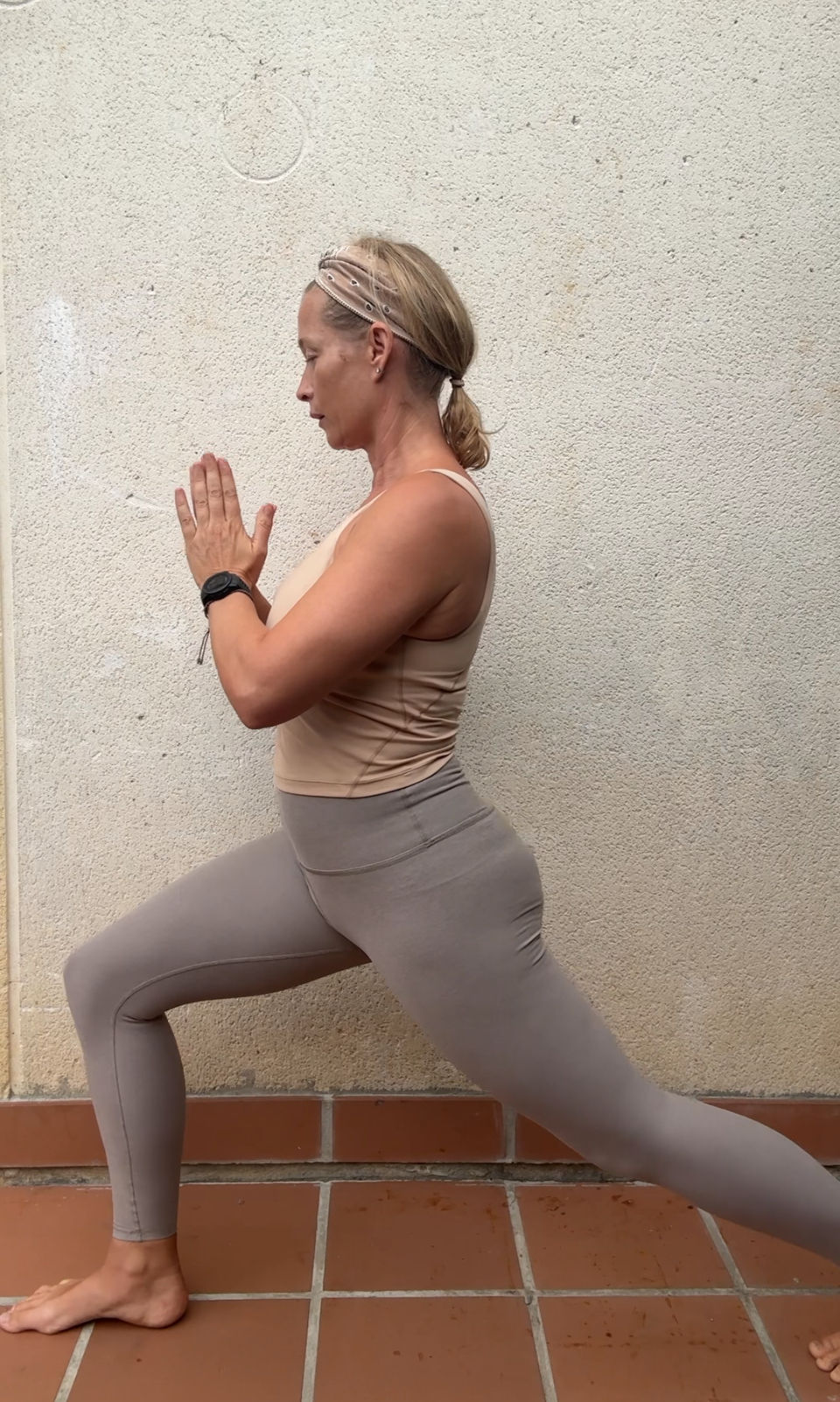Maintaining Bone Health During Perimenopause
- Shaini Verdon
- Nov 18, 2024
- 4 min read
As we enter perimenopause, changes in hormone levels can bring about shifts in various aspects of our health—one of the most significant being bone health. Estradiol, a powerful form of estrogen, plays a critical role in maintaining bone density. When estradiol levels decline during perimenopause, it impacts estrogen receptors throughout the body, including those in our bones. This decline can increase the risk of osteoporosis, a condition where bones become brittle and more susceptible to fractures. But with knowledge, intention, and the right lifestyle changes, we can focus on maintaining bone health during perimenopause and building resilience.

The Role of Estradiol in Maintaining Bone Health During Perimenopause
Estradiol is essential for regulating bone density. It binds to estrogen receptors in bone cells, signalling them to maintain strength and integrity. When estradiol levels drop during perimenopause, these estrogen receptors receive less stimulation, which can lead to bone density loss. Over time, this decline can lead to osteopenia (the early stage of bone density loss) and eventually osteoporosis if left unchecked.
Our bones constantly undergo a process called remodelling, where old bone cells are broken down and replaced by new ones. Estradiol’s role here is key—it helps slow down the rate of bone resorption (breakdown) while encouraging the formation of new bone. With less estradiol, the balance tips toward increased bone resorption, and bone density can decrease, underscoring the importance of maintaining bone health during perimenopause.
Understanding the Risk of Osteoporosis
Osteoporosis is a silent condition, often developing without symptoms until a fracture occurs. Women going through perimenopause and menopause face a heightened risk due to hormonal changes, particularly the decline in estradiol. Genetics can also play a role in bone health, so if osteoporosis runs in your family, it’s wise to take preventive steps early. Additionally, vitamin D levels significantly impact bone health. Vitamin D aids in calcium absorption, so ensuring adequate levels can support your bones and reduce fracture risk.
Dr. Stacy Sims, a renowned expert on women’s health, emphasizes the importance of strength training and targeted exercise during perimenopause. "Women in perimenopause need to focus on maintaining muscle and bone density," she says, "because these are two key factors that can make or break our health as we age."
Strengthening Bones with Resistance Training and Somatic Plyometrics
Resistance training and somatic plyometrics (exercises that incorporate awareness and care for the body) are two of the most effective ways to support bone health during perimenopause. Resistance training, or weightlifting, applies stress to the bones, encouraging them to rebuild and maintain density. Squats, lunges, and deadlifts with added weights can all help stimulate bone growth.
Somatic plyometrics add another dimension by introducing mindful movement. Exercises like gentle jumping, landing, and hopping stimulate bone density while helping us stay aware of how our bodies feel in motion. By focusing on controlled, intentional movements, we protect our joints and ensure that we’re working with our body’s natural abilities rather than against them. As Dr. Sims states, "Doing high-impact exercises with an awareness of body mechanics is essential. It’s not just about moving, but about moving well."
This mindful approach benefits not only bone health but also builds our connection to our bodies. Somatic plyometrics involve slower, more intentional movements, allowing us to feel where we’re strongest and where we may need extra care. For women in perimenopause, this approach can be transformative—helping to counteract bone density loss while honouring our body’s needs.

Checking Family History, Vitamin D Levels, and Bone Density
Since bone density loss can be genetic, it’s helpful to check with family members if possible. Knowing if osteoporosis runs in your family allows you to take proactive measures, from resistance training to dietary adjustments. In addition, check your vitamin D levels. Without sufficient vitamin D, our bones may struggle to absorb the calcium they need for density. Low vitamin D is common, especially in cooler months or regions with limited sunlight, so regular testing can make a difference in maintaining bone health during perimenopause.
Another important step is to consider a bone density test. A good menopause specialist will often recommend a bone density scan, especially if there are risk factors like family history or early signs of bone loss. This simple test can provide valuable insight into your bone health, allowing you to take action before any issues progress. Advocating for yourself by asking for a bone density test is a proactive way to assess your risk and create a plan that supports your health in the years ahead.
Embracing This Chapter with Strength and Care
Perimenopause is a time of change, but it can also be a period of empowerment. As we understand more about our bones and what they need, we can take action to keep them strong for decades to come. Knowing that bone density is something we can influence with movement, mindfulness, and nutrition can be deeply reassuring.
Strength training and somatic plyometrics provide a path to maintaining bone health, connecting with our bodies, and feeling resilient. By taking small steps—whether it’s lifting weights, adding a mindful jump to our routine, or getting our vitamin D levels checked—we set ourselves up for a future where strength and health are within reach.
Conclusion
The perimenopause years invite us to take a closer look at our health and consider what will serve us in the long run. Supporting and maintaining bone health during perimenopause not only strengthens our bodies but also reinforces our sense of self. By being informed and taking intentional action, we’re embracing this phase with the knowledge that we’re investing in our health for the years ahead.
With love,
Shaini



Comments